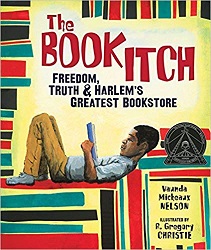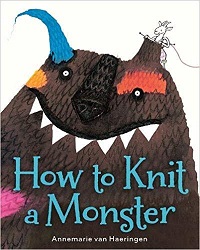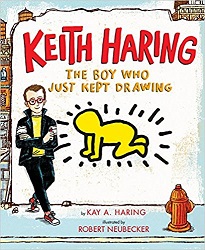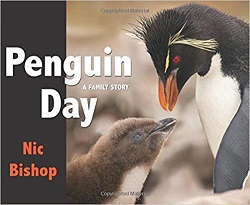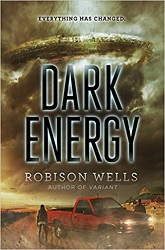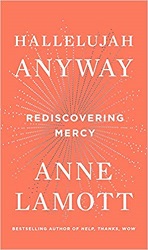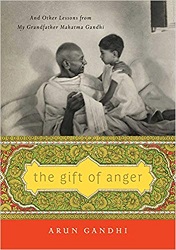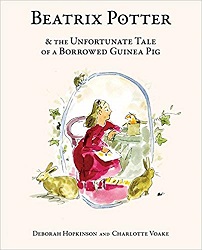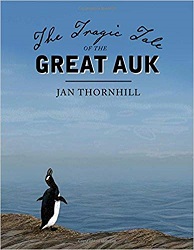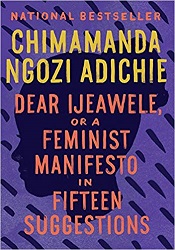 Dear Ijeawele,
Dear Ijeawele,
or A Feminist Manifesto in Fifteen Suggestions
by Chimamanda Ngozi Adichie
Alfred A. Knopf, 2017. 63 pages.
Starred Review
This book is short – which makes it perfect for reading a little bit at a time, one suggestion per day. This would make a lovely gift for mothers of young girls.
Here’s the background of this little book, from the Introduction:
When a couple of years ago a friend of mine from childhood, who’d grown into a brilliant, strong, kind woman, asked me to tell her how to raise her baby girl a feminist, my first thought was that I did not know.
It felt like too huge a task.
But I had spoken publicly about feminism and perhaps that made her feel I was an expert on the subject. I had over the years also helped care for many babies of loved ones; I had worked as a babysitter and helped raise my nephews and nieces. I had done a lot of watching and listening, and I had done even more thinking.
In response to my friend’s request, I decided to write her a letter, which I hoped would be honest and practical, while also serving as a map of sorts for my own feminist thinking. This book is a version of that letter, with some details changed.
Now that I, too, am the mother of a delightful baby girl, I realize how easy it is to dispense advice about raising a child when you are not facing the enormously complex reality of it yourself.
Still, I think it is morally urgent to have honest conversations about raising children differently, about trying to create a fairer world for women and men.
My friend sent me a reply saying she would “try” to follow my suggestions.
And in rereading these as a mother, I, too, am determined to try.
And the fifteen suggestions she gives are good ones. Her style is personal and friendly, since the letter was written to a friend. Above all, it’s inspiring – and makes me think about my own interactions with people.
I’ll give some examples. The first suggestion:
Be a full person. Motherhood is a glorious gift, but do not define yourself solely by motherhood.
There is much elaboration on each suggestion, thoughtful, illuminating and inspiring. Here’s another one I loved:
Teach Chizalum to read. Teach her to love books. The best way is by casual example. If she sees you reading, she will understand that reading is valuable…. Books will help her understand and question the world, help her express herself, and help her in whatever she wants to become – a chef, a scientist, a singer, all benefit from the skills that reading brings.
This one was interesting, because I hadn’t thought of it this way before:
Never speak of marriage as an achievement. Find ways to make clear to her that marriage is not an achievement, nor is it what she should aspire to. A marriage can be happy or unhappy, but it is not an achievement.
We condition girls to aspire to marriage and we do not condition boys to aspire to marriage, and so there is already a terrible imbalance at the start. The girls will grow up to be women preoccupied with marriage. The boys will grow up to be men who are not preoccupied with marriage. The women marry those men. The relationship is automatically uneven because the institution matters more to one than the other.
The Eighth Suggestion:
Teach her to reject likeability. Her job is not to make herself likeable, her job is to be her full self, a self that is honest and aware of the equal humanity of other people…. We have a world full of women who are unable to exhale fully because they have for so long been conditioned to fold themselves into shapes to make themselves likeable….
Show her that she does not need to be liked by everyone. Tell her that if someone does not like her, there will be someone else who will. Teach her that she is not merely an object to be liked or disliked, she is also a subject who can like or dislike. In her teenage years, if she comes home crying about some boys who don’t like her, let her know she can choose not to like those boys – yes, it’s hard, I know, just remembering my crush on Nnamdi in secondary school.
But still I wish somebody had told me this.
I like this paragraph in a suggestion about romance (“Romance will happen, so be on board.”):
Teach her that to love is not only to give but also to take. This is important because we give girls subtle cues about their lives – we teach girls that a large component of their ability to love is their ability to sacrifice their selves. We do not teach this to boys. Teach her that to love she must give of herself emotionally but she must also expect to be given.
And the final suggestion:
Teach her about difference. Make difference ordinary. Make difference normal. Teach her not to attach value to difference. And the reason for this is not to be fair or to be nice, but merely to be human and practical. Because difference is the reality of our world. And by teaching her about difference, you are equipping her to survive in a diverse world.
She must know and understand that people walk different paths in the world, and that as long as those paths do no harm to others, they are valid paths that she must respect. Teach her that we do not know – we cannot know – everything about life. Both religion and science have spaces for things we do not know, and it is enough to make peace with that.
Teach her never to universalize her own standards or experiences. Teach her that her standards are for her alone, and not for other people. This is the only necessary form of humility: the realization that difference is normal.
Come to think of it – this book is great reading even if you aren’t the mother of a young girl. It’s inspiring, encouraging, and thought-provoking.
aaknopf.com
Buy from Amazon.com
Find this review on Sonderbooks at: www.sonderbooks.com/Nonfiction/dear_ijeawele.html
Disclosure: I am an Amazon Affiliate, and will earn a small percentage if you order a book on Amazon after clicking through from my site.
Source: This review is based on a library book from Fairfax County Public Library.
Disclaimer: I am a professional librarian, but I maintain my website and blogs on my own time. The views expressed are solely my own, and in no way represent the official views of my employer or of any committee or group of which I am part.
What did you think of this book?
